After my most current spinal emergency surgery, which was November 16, 2023, I was on bedrest once again, not permitted to do any activity other than walk to the bathroom which was next to my bedroom, about 12 feet away. This was 6 weeks of strong opiate medication, meditation, and also feeling worried if I could ever be a contribution to society again. Would I be able to work? Would I be able to exercise like I wanted to? Would my family and friends see me as weak? This was the 6th emergency major surgery in 2 years...
My training in the yoga and mindfulness world had somehow prepared me to dig deeper into my inner worlds. I was able to heed the advice of my close circle of love. They encouraged me to take more and more online certification classes in the field of internet technology, planning transition into a career that utilized my brain more than my body on a daily basis. Of course my ego was worried that f I didn't exercise daily, I would gain weight, even though I don't own a scale! I am the one who encourages others to throw away the scale! Ha! It was time for me to listen to my own advice, take a bit of my own medicine and make things happen.
From my throne, aka the bed, I studied, took tests and pain killers, learned how to walk and climb stairs again. I learned how to let others feed my body and brain. I stepped back from teaching at the yoga studio after going back too soon, heeding my ego rather than my intuition. I needed some sort of validation from the outside world rather than from my quiet and powerful inner world. I let friends come over and sponge-bathe me, wash my hair as my head hung over the edge of my mattress, and I let myself binge watch shows and films until the wee hours of the morning. No schedule was my schedule. I slept 12-14 hours a day, ate bone broth and lots of seaweed soup.
I perspired profusely, as hormonal hot flashes, added to the withdrawals from the medicines and anesthesia created sopping wet sheets. My darling husband changed the sheets almost daily. Our water bill and electricity bill increased two-fold as my income halted. For those of you who aren't familiar with the San Francisco Bay Area, it is the most expensive part of the United States of America to live in at this time. I had to cash out part of my retirement in order to last. Some relatives asked if I could move to somewhere less expensive. Hello? It costs a lot of money to move too! Moving without a new career in place is not doable. Moving to a new home when one is physically diminished is not doable. We pray, and work with what we have: Family, friends, love, laughter, music, and healing energy.
I am happy to share that I have found a new career mixing all of my scientific and educational education, as well as my movement certifications and my mindfulness certifications. My work in the research and writing world, my presentation skills and development of curriculum for the elderly and the developmentally delayed have served me well. I am now the Recreational Activity Coordinator in an Acute Geriatric Behavioral Unit of a large hospital. This means when patients are in an emergency situation, when they are diagnosed with a mental illness which is causing them to hurt themselves or others, or if they cannot take care of their basic daily living needs, they are brought to our unit. Perhaps they are healing from a recent suicide attempt. Perhaps they believe and behave as if they are 5 years old, or are certain that this is the planet "Tor," and we are gods and goddesses taking care of them. Maybe the patients have swift and deep mood swings, called Bipolar Disorder. There are many flavors of mental illnesses, and varieties of causes of them.
After admission to the acute unit, I provide the fun. Basically, I serve their leisure needs in a structured manner. We do many forms of movement and mindfulness, arts and crafts therapies, theater and music therapies, and discussion sessions galore. In a structured scheduled environment, the patients do much better with their healing from the acute state. My unit adds ingredients like medication, meditation, movement, reading materials, educational challenges, and personal attention to recreation needs in order to create a community of support for each other. I liken it to a nurturing soup, stirred every few hours with different herbs and spices added to create a more delicious outcome over time. I feel blessed to be in such a safe and helpful environment. I am grateful for the opportunity to serve others in a holistic manner. I am part of a village of caretakers for the most vulnerable humans in our society. I do not take this trust in me lightly.
So, this is what I have been up to for the past 4 months. This is why I needed to devote my energy towards the shift and take a break from blogging. I am still here for you all. I am transitioning into a rhythm where I can write, as well as work outside the home, teach mindfulness and physical movement classes on the weekends at the yoga studio, and continue my life and wellness coaching. Please feel free to comment or reach out to me for your own wellness journey sharing. I want to hear from you.
Blessings,
KJ Landis
@superiorself on Instagram and X
SuperiorSelf channel on Youtube
[email protected]


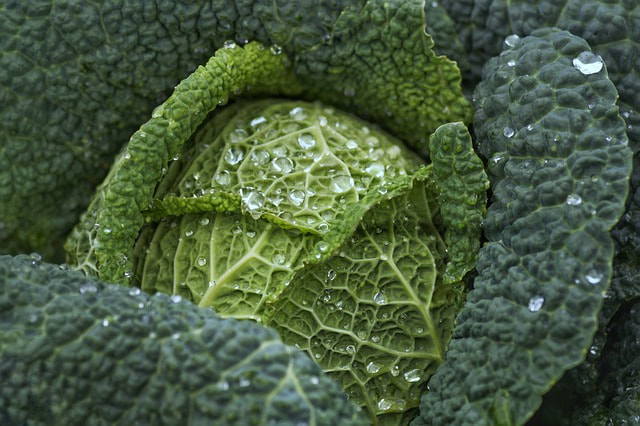
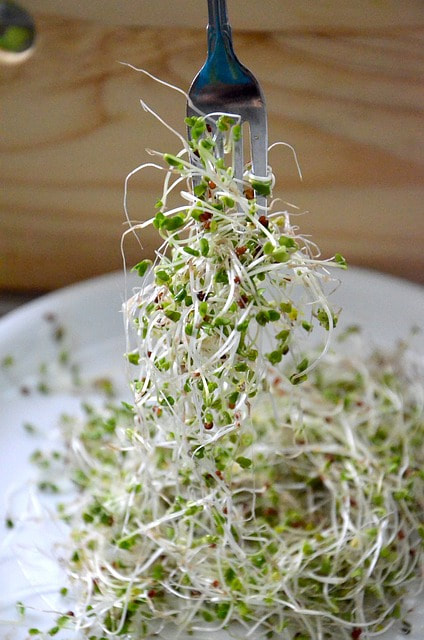
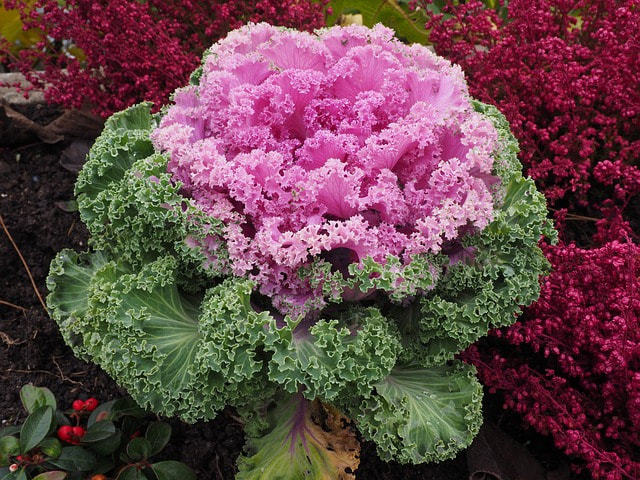
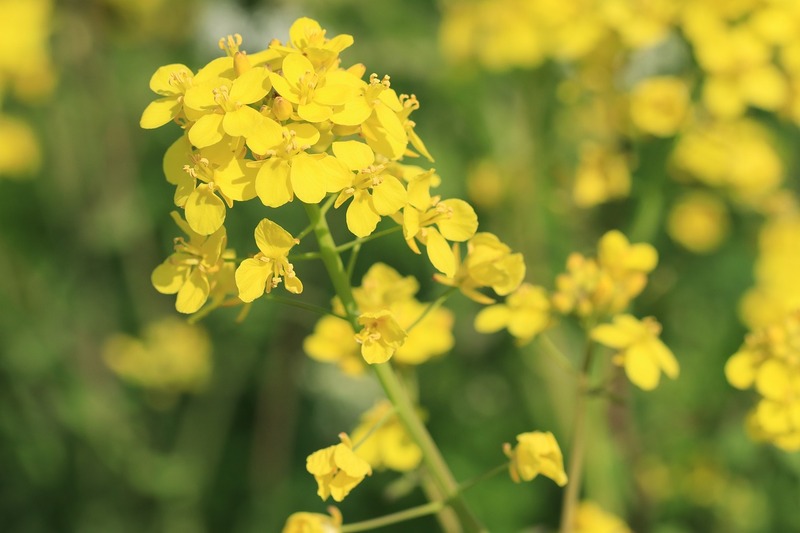
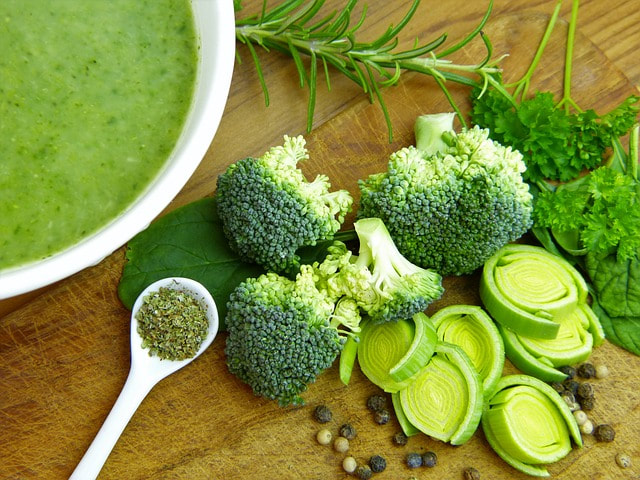

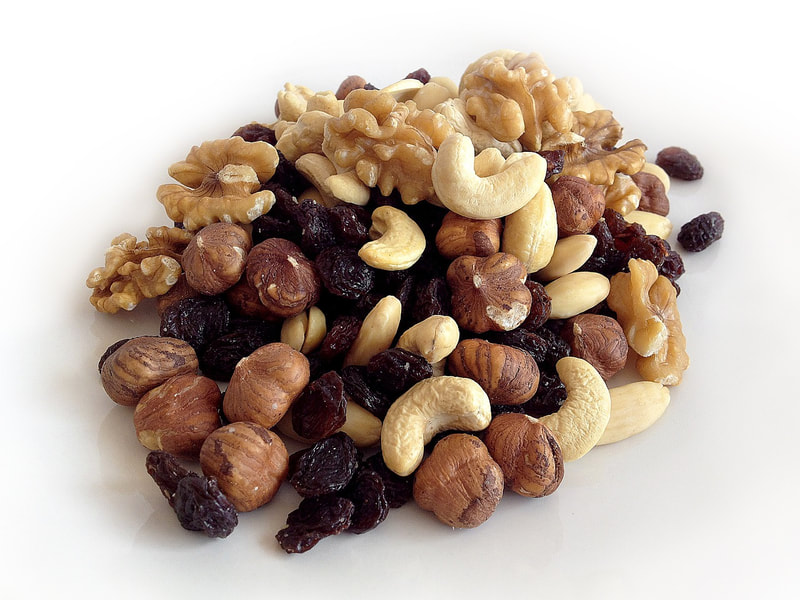
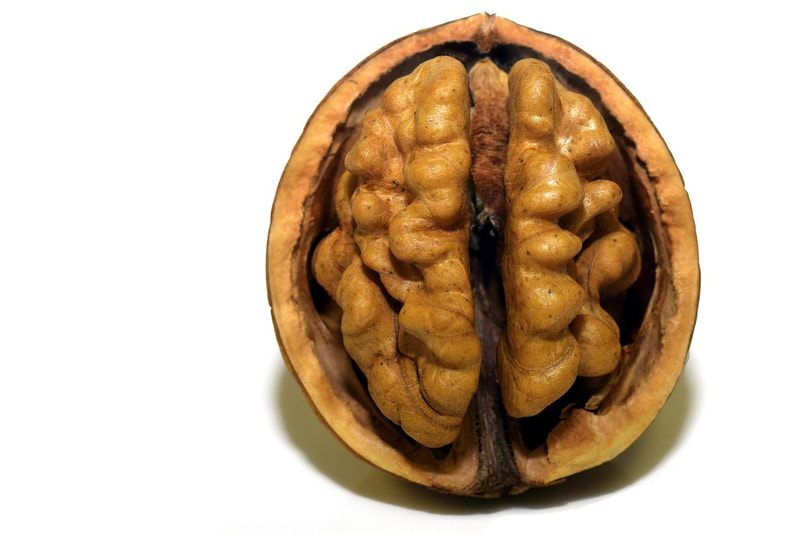
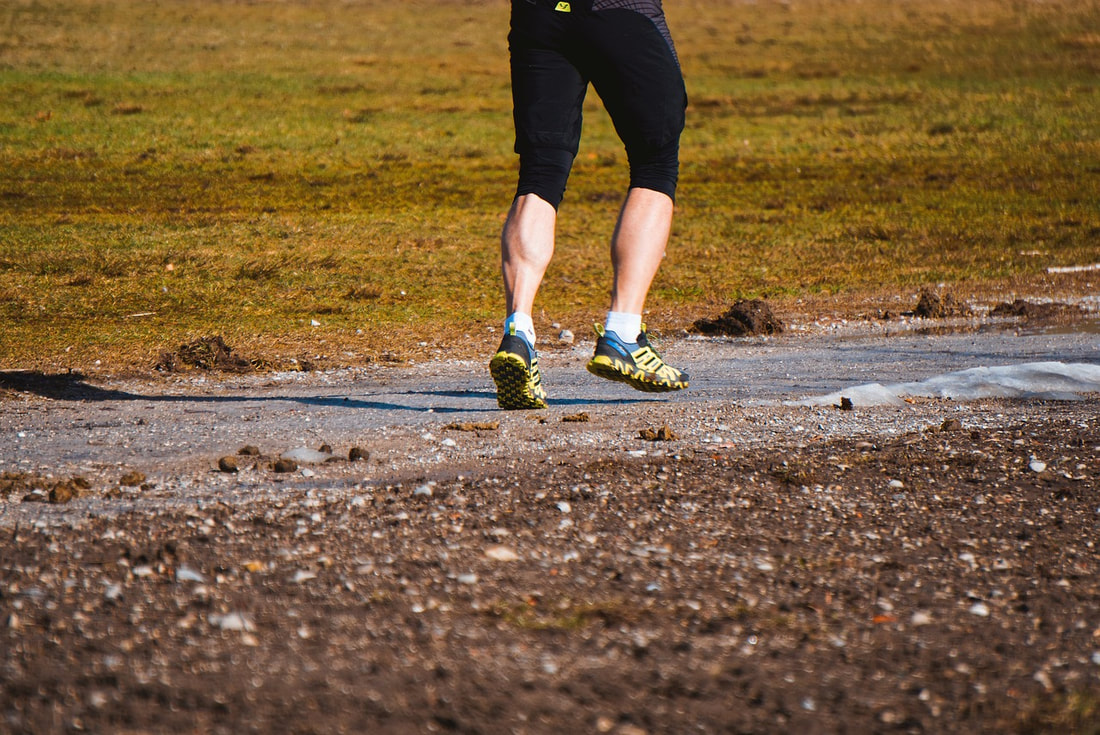






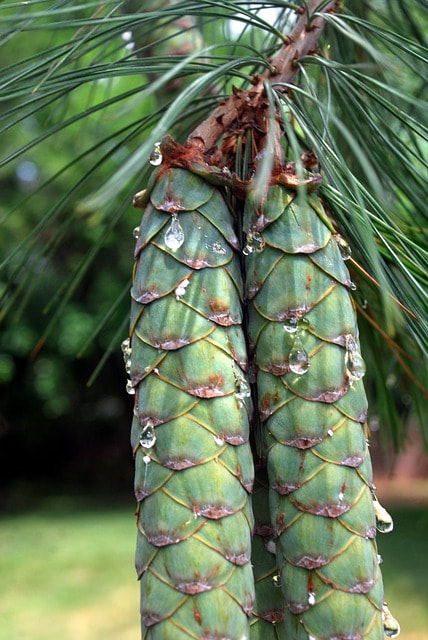
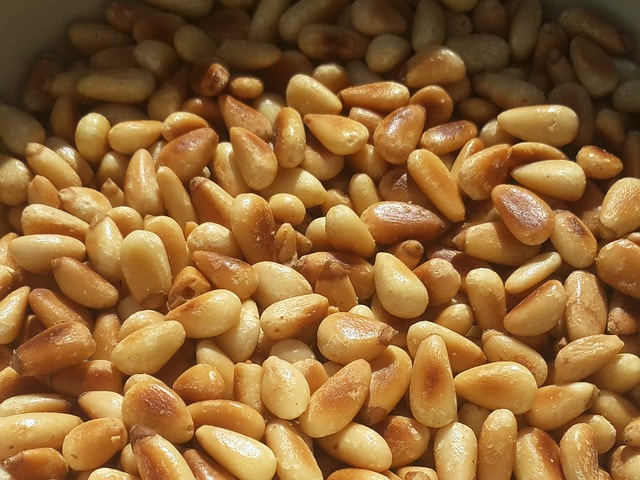

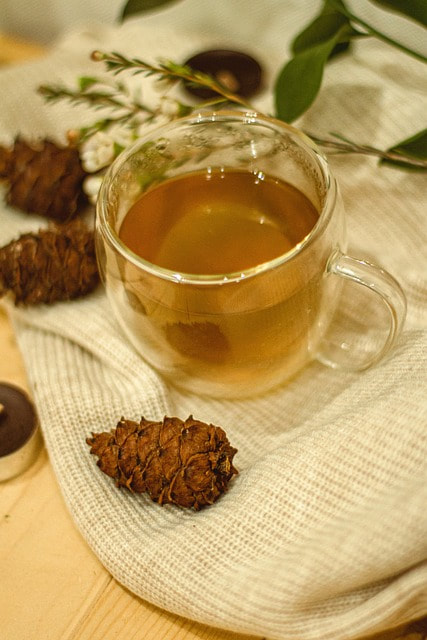



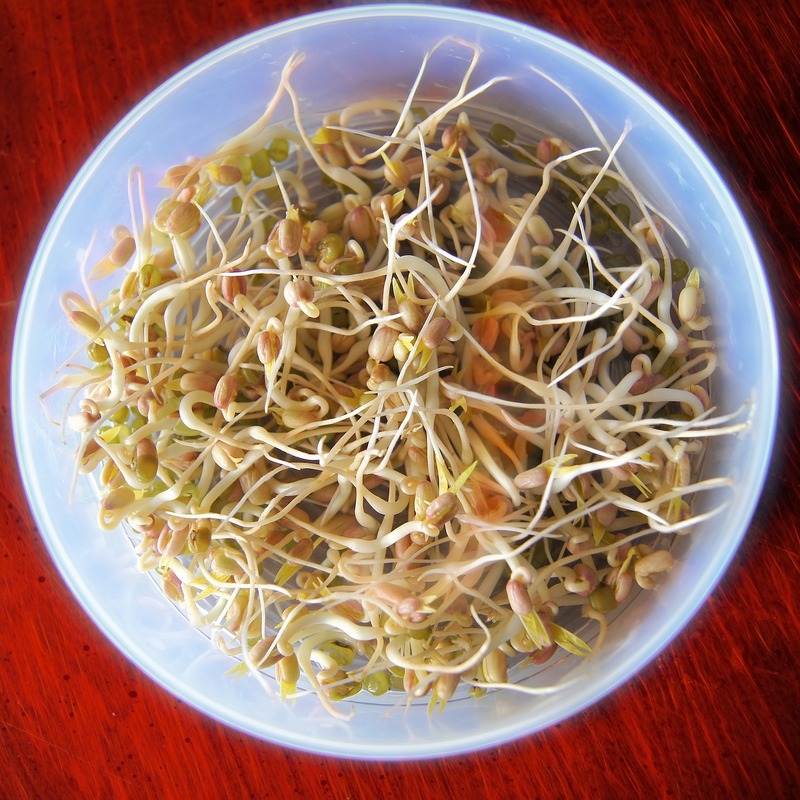

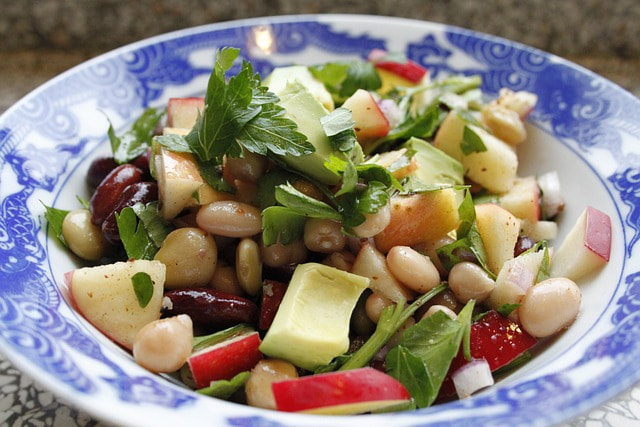



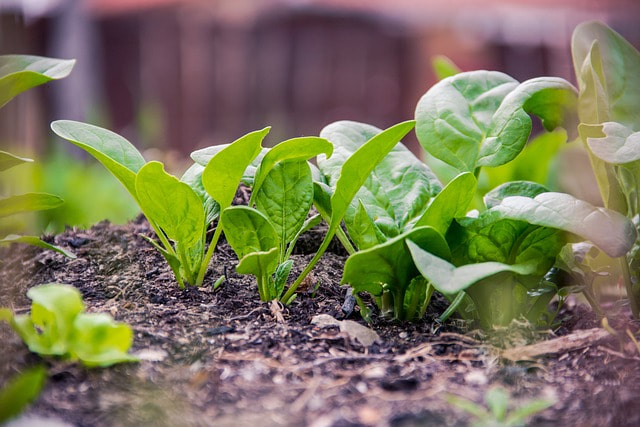
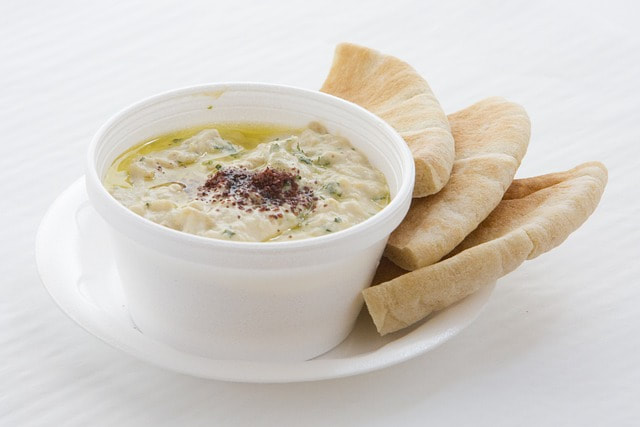
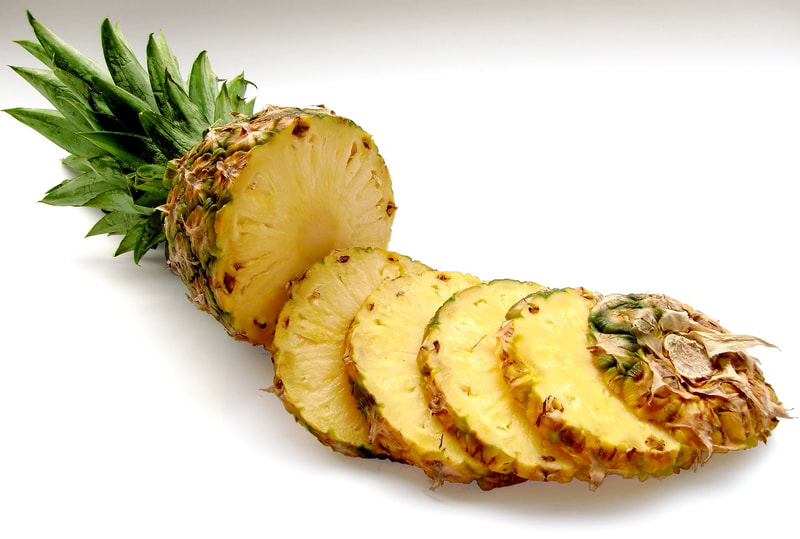
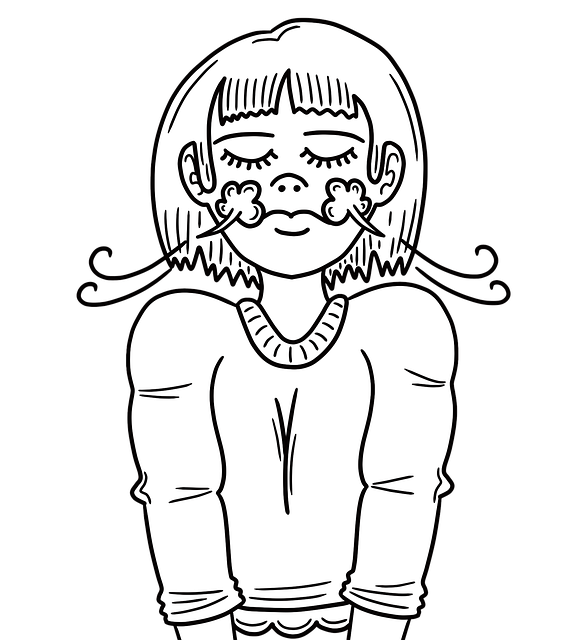
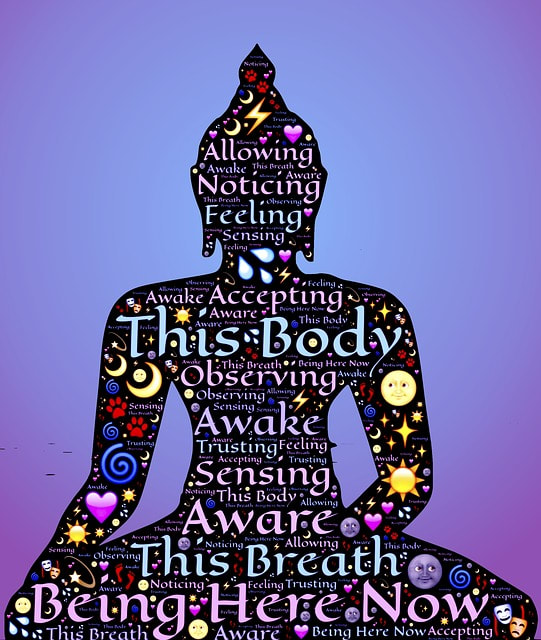
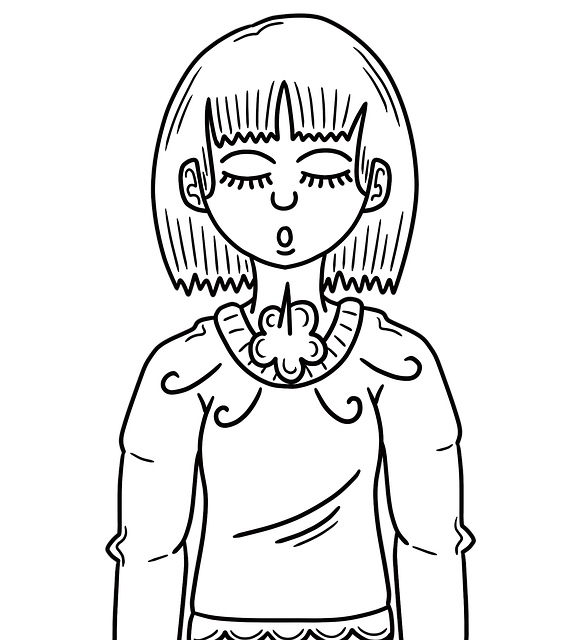
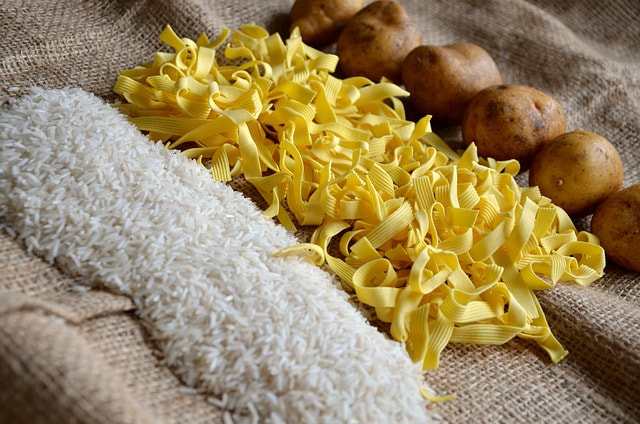
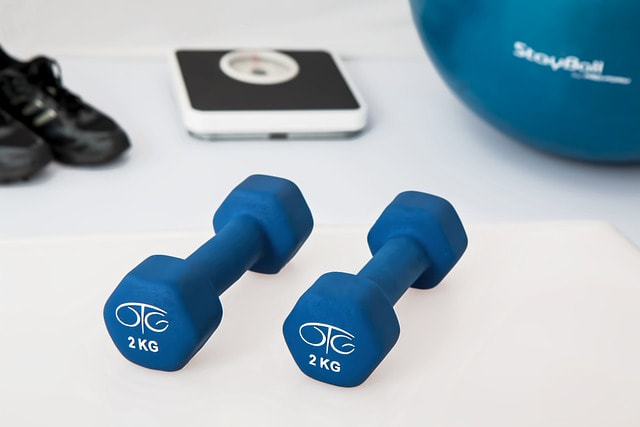
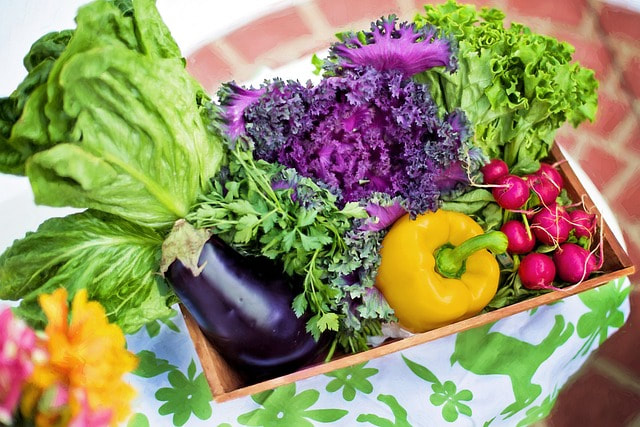

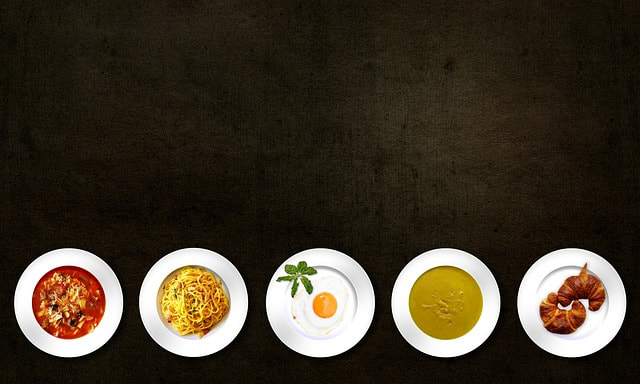
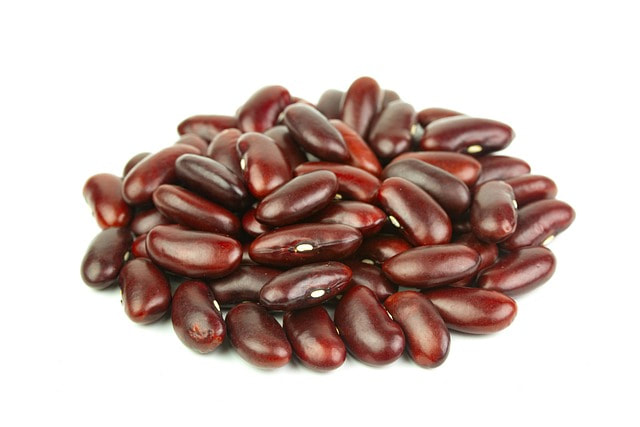
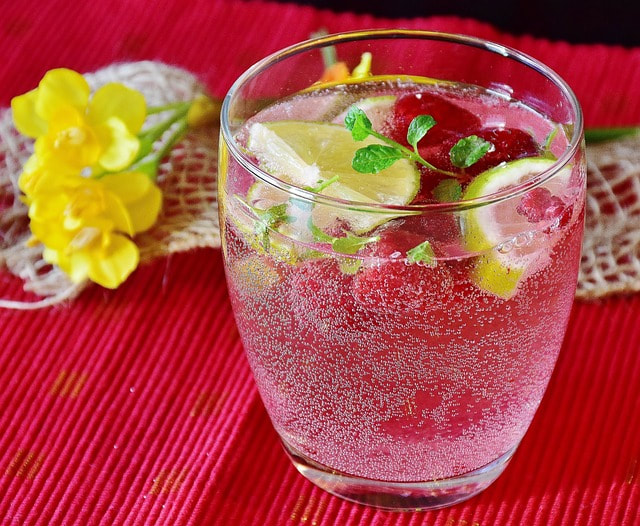


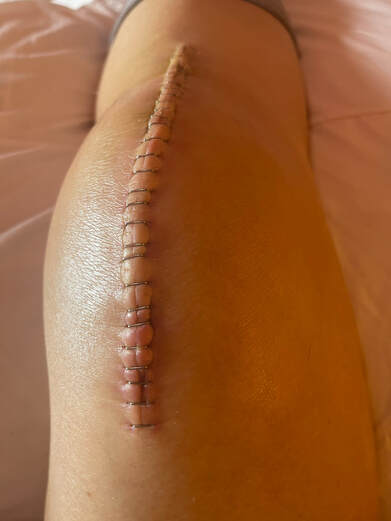

 RSS Feed
RSS Feed